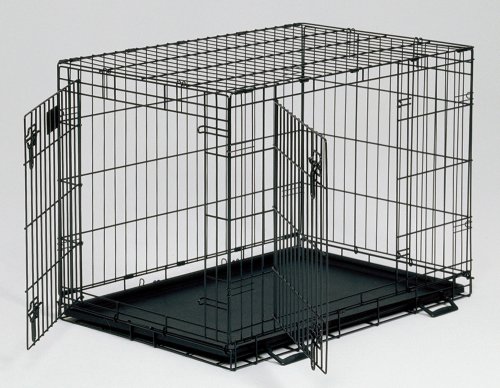Portable or mobile scanners are great for digitizing your bills, legal documents, receipts, photos, drawings, among many other things. If you are looking for one, then you should be aware of the different types available in the market today. While new designs come out every year, the vast majority found in the market today can be divided into handheld, sheetfed, and pen.
Sheetfed scanners
Sheetfeds are the largest of the 3 main types of portable scanners. In contrast to flatbed ones which require considerable desktop space, a sheetfed is notably smaller in size and thus more portable. For a flatbed scanner, the item to be scanned (for example, the page of a book) is placed face down on a glass panel at the top of the machine, with the cover closed. On the other hand, a sheetfed usually comes with a tray that can hold a certain number of sheets at once. These sheets are then automatically fed through vertically one at a time through the scanner. An obvious limitation of the sheetfed compared to the traditional flatbed is that the former requires sheets to be separate; you cannot scan pages of a book without ripping them off first. In addition, paper jams, just as in the automatic feeders of printers, are possible. Another disadvantage is the typically lower resolution of the scans. The advantages, of course, are the portability and compact size, as well as the ability to scan large quantities of documents quickly by stacking them into the tray. Sheetfed scanners can usually be powered by USB connection to your computer alone, which is another factor contributing to their portability.
Handheld scanners
Handheld scanners require a steady hand to use. You first place the item to be scanned (which must not be too flimsy) flat down on a stable surface. Next, place the scanner at the top of the item and move or roll the former down at a consistent, steady rate. Such handhelds are less expensive and more portable than sheetfeds, and typically run on batteries or sometimes USB connections. If you've ever been stuck in a doctor's waiting room, reading magazines and wishing you could scan the images or articles there, then a handheld could be highly suitable for you. The scanned images are usually saved to a memory card which you can then transfer to your computer.
Pen scanners
The smallest of the portable or mobile scanners, pen scanners look like bulky plastic pens, and you use them as you would a highlighter pen. You can think of pen scanners as a subset of handhelds as they require manual movement of the pen across the document, and a fairly steady hand as well. These are typically limited to document scanning, and come with advanced OCR or optical character recognition software to automatically convert the scanned text into an editable Microsoft Word or Adobe Acrobat PDF (or other text format) file. They can also be great for translating words into another language, provided you have the software to do so.
Photo and document scanners
Both sheetfeds and handhelds can be further divided into photo or document scanners. While document scanners are frequently all-purpose, meaning they can also be used to scan photos, a photo scanner has been built specifically for and thus would be more suitable for scanning highly-detailed images. Document scanners typically come with OCR or optical-character-recognition software.
Bottomline
All portable scanners are, as the name suggests, lightweight due to their relatively small size compared to typical flatbed ones. This makes them an ideal choice for anyone looking for a flexible scanning solution that does not take up considerable space whether at home, in transit, or at the office, and does not mind sacrificing some resolution quality in the process.





















